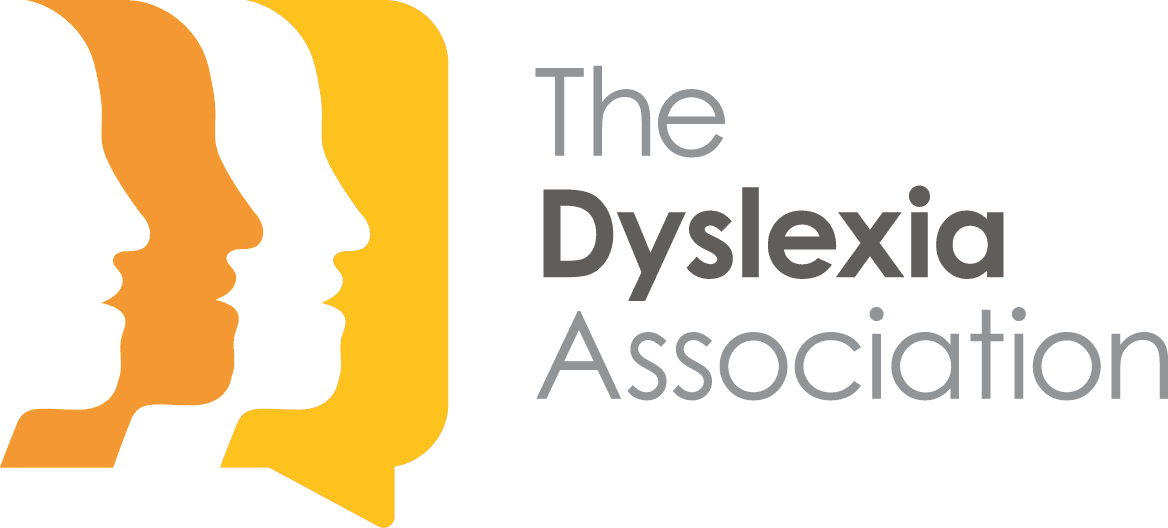The Dyslexia Association can offer a menu of options to support schools and education settings with neurodivergent pupils and staff including online screening products, advice with assistive technology, diagnostic assessments, exam access arrangements, general awareness training, and specialist teaching strategies.
We provide SENCO support packages which are fully customisable from a range of helpful options
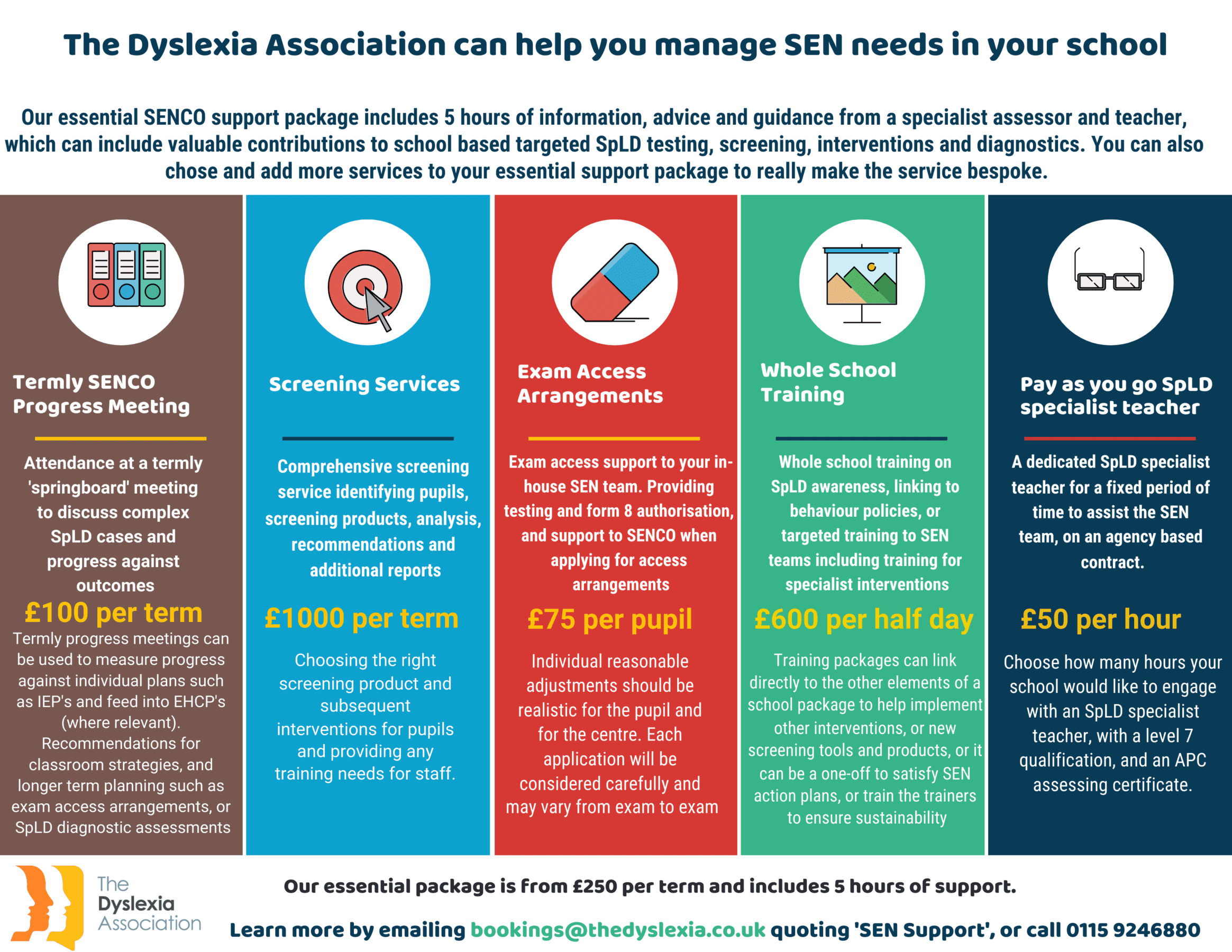 We also have an Outreach Service for education settings which is equally flexible to every schools needs, take a look at our options:
We also have an Outreach Service for education settings which is equally flexible to every schools needs, take a look at our options:
- Specialist 1:1, or small group in-school teaching (East Midlands schools only)
- Specialist dyslexia and/or dyscalculia screenings for individuals or year groups
- Holistic multiple SpLD screening
- Targeted SpLD screening
- Advice and guidance to SENCO’s across a family of schools, or academy trust
- Advice and guidance regarding specialist interventions following screening or diagnostic assessments
- Dyslexia diagnostic assessments
- Assistive technology training sessions for teaching staff, pupils and parents
- Exam access arrangements and Form 8
- Advice and guidance to HR teams for neurodiverse staff including workplace needs assessments
Please see our Outreach Services Leaflet for further details, and how to contact us for a quote for services, or email bookings@thedyslexia.co.uk

Kay Carter – Chief Executive Officer
Kay became the CEO in September 2022. Kay’s background includes the independent special school sector, youth justice, youth offending, careers education and museum outreach. Kay’s passion is educational leadership, management and putting social justice into action.

Isla Buchanan – Head of Education and Assessments
Isla has been working for TDA for 6 years and previously worked as an in-school dyslexia specialist and for around 8 years as a primary class teacher. Isla has extensive knowledge of assessing dyslexia, dyscalculia, ADHD and DCD.

Katy Taylor – Operations Manager
Katy has been working at The Dyslexia Association for four years and ensures the smooth running of all of our services. She has a passion for customer service and including everyone.

Lou Mayor – Head of Workplace Services
Lou has over 12 years of experience working with unique individuals who present as neurodivergent, in the capacity of specialist teaching and assessing.

Heather Nurse – Operations Team: Workplace
Heather works in the central team with employees and employers to provide workplace support. She is calm and kind and able to help everyone.

Laurel Hill – Operations Team: Education & Assessments
Laurel works in the central operations team booking screenings and assessments. She is very level headed and able to get to the details of any situation.

Operations Team: Charity Helpline
We have a fantastic charity helpline service working their magic on booking diagnostic assessments for adults and children, and providing information, advice and guidance to those seeking support through our helpline services.

This is the initial process in identifying whether or not you may have dyslexia or dyscalculia. A screening will identify possible indicators and estimate whether an individual is ‘at risk’ of having dyslexia or dyscalculia.
All of our screening services are facilitated by a qualified specialist assessor.
Dyscalculia screening test for adults
The Dyslexia Association provides adult’s one-to-one specialist dyscalculia screening which can be completed at our office or remotely.
What is a screening test?
A screening test can provide an indication of whether you are at risk of dyscalculia.
We have two screeners available.
Option A: A detailed checklist and some informal activities in areas of mathematics known to be good indicators of dyscalculic difficulties. The screener is administered by a dyscalculia specialist, who also considers background information (for example, any difficulties you may be experiencing in work or day to day life).
Option B: Only available up to 21 years old. Completion of three activities in areas of mathematics known to be good indicators of dyscalculic difficulties. Your scores are used to give an indication of whether you are at risk of dyscalculia. The test is administered by a specialist assessor who also considers background information (for example, any difficulties you may be experiencing in work or day to day life).
Who is it for?
These tests are suitable for all adults, with Option B only being available up to 21 years old.
Where does it take place?
Option A: This screener can take place face-to-face (in our centre in Nottingham) or via an online platform.
Option B: This assessment can only be administered face-to-face in our centre in Nottingham.
How much does it cost?
An adult’s one-to-one specialist dyscalculia screening costs £95.
What happens after submitting a request for an adult’s one-to-one screening?
You will be contacted by one of our operations team to confirm receipt of your request and to arrange an appointment.
Please note that we require payment in advance of the appointment taking place.
How long is the appointment for?
Please allow up to 1.5 hours for the screening appointment.
What happens next?
Feedback will be provided by the specialist on completion of the screening test and you will be provided with a report which details the outcome of the screening within 2 weeks.
Book Now
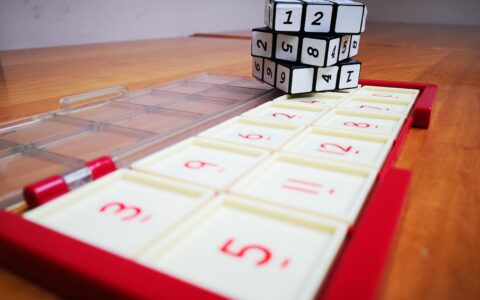
How much does it cost?
A QuickScreen dyslexia online screening test costs £34.50.
What is it?
QuickScreen is an online screening test for dyslexia. It will test your processing skills, basic literacy, processing and memory.
As with all screening tests, QuickScreen will provide an indication of whether an individual may be dyslexic and it is not a formal diagnosis.
Who is it for?
This screening is suitable for people aged 17 and over.
What happens after submitting a request for QuickScreen?
You will be sent a link to make a card payment, or if preferred, we will offer you alternative ways to pay (either by invoice, or over the phone). Once payment has been received, we will send login details to the e-mail address provided in your request e-mail.
How long does it take to complete the screening?
The test takes around an hour to complete.
What happens next?
Unlike other computer based screening tests for dyslexia, QuickScreen provides a more extensive cognitive and literacy skills report together with individually tailored recommendations.
Book Now
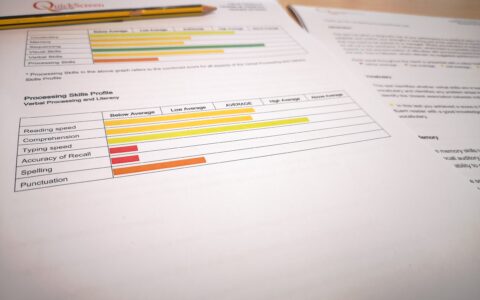
How much does it cost?
A Neurodiversity Screening Profile costs £70.
What is it?
A diagnosis of a neurodivergent difference can only be provided by an appropriately qualified specialist. However, the report from the Neurodiversity Screening Profile will identify traits and characteristics associated with dyslexia, dyspraxia, dyscalculia, ADHD and/or Autism.
Through a series of questions, developed by experts at Do-It Profiler, you will get a personalised report with recommendations about further resources, information and advice related to your specific strengths and challenges. The report can then be used with your workplace, or education setting, or used to apply for further funding from Access to Work.
Who is it for?
This screening is suitable for anyone who is 16+.
What happens after submitting a request for the Neurodiversity Screening Profile?
You will be sent a link to make a card payment, or if preferred, we will offer you alternative ways to pay (either by invoice, or over the phone). Once payment has been received, we will send login details to a secure online platform.
How long does it take to complete the screening?
The questionnaires take around an hour to complete, but this does depend on how fast you are at answering the questions. You do not have to complete this all in one go. You can take several days, or weeks to finish the modules.
Access is time limited, so once you have completed the screening tool, you should save and download your reports, recommended further information and resources.
What equipment will I need?
For the best results you should access the secure platform through your browser, working with Windows, Apple or Android devices. You might also want speakers to activate the text to speech software. We do not recommend using a mobile phone, as some of the features are not as optimal.
Book Now
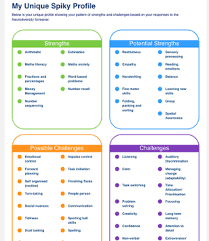
This is the initial process in identifying whether or not a child may have dyslexia or dyscalculia. A screening will identify possible indicators and estimate whether an individual is ‘at risk’ of having dyslexia or dyscalculia.
All of our children’s screening services are facilitated by a qualified specialist assessor.
Not only will the screening provide a useful insight into areas of difficulty and strengths it will also include a follow up report from the assessor within 2 weeks of the screening date.
Specialist one-to-one dyslexia screening for children
The Dyslexia Association provides children’s one-to-one specialist screening tests which can be completed at our office, at school or online.
What is a screening test?
A screening test can provide an indication of whether a child is at risk of dyslexia.
Who is it for?
The test is suitable for children aged 6 to 16.
Where does it take place?
A screening usually take place at our office in Nottingham, however it may be possible to provide the screening appointment in the child’s school if they are located within the East Midlands area.
Remotely via an online platform with a qualified assessor.
How much does it cost?
A children’s one-to-one specialist dyslexia screening costs £95 (plus travel if the screening is outside of our office)
What happens after submitting a request for a children’s one-to-one screening?
You will be contacted by one of our operations team to take payment and arrange an appointment.
Please note that we require payment in advance of the appointment taking place.
How long is the appointment for?
Please allow up to 2 hours for the screening appointment.
What does the screening test comprise of?
We use the Dyslexia Screener by GL Assessment. The screening is comprised of six tests which cover three areas in ability, attainment and diagnostics. In addition to this, our assessor will ask your child to complete a 10 minute free-writing exercise which provides additional evidence.
What happens next?
Feedback will be provided by the specialist assessor on completion of the screening test and you will be provided with a report within 2 weeks of the appointment, which details the outcome of the screening.
Book Now

Specialist one-to-one dyscalculia screening for children
The Dyslexia Association provides children’s one-to-one specialist dyscalculia screening which can be completed at our office or remotely.
What is a screening test?
A screening test can provide an indication of whether a child is at risk of dyscalculia.
We have two screeners available.
Option A (Face to Face or Remote Delivery): A detailed checklist and informal activities in areas of mathematics known to be good indicators of dyscalculic difficulties. The screener is administered by a dyscalculia specialist, who also considers background information (for example, any difficulties your child may be experiencing in school).
Option B (Face to Face Only, Nottingham): Completion of three scored activities in areas of mathematics known to be good indicators of dyscalculic difficulties. Your scores are used to give an indication of whether you are at risk of dyscalculia. The test is administered by a specialist assessor who also considers background information (for example, any difficulties you may be experiencing in school).
Who is it for?
These tests are suitable for children aged 6 to 17 years.
Option A: Suitable for children aged 11 to 17 years.
Option B: Suitable for children aged 6 to 17 years.
Where does it take place?
Option A: This screener can take place face-to-face (in our centre in Nottingham) or via an online platform.
Option B: This assessment can only be administered face-to-face in our centre in Nottingham.
How much does it cost?
A children’s one-to-one specialist dyscalculia screening costs £95.
What happens after submitting a request for a children’s one-to-one screening?
You will be contacted by one of our operations team to take payment and confirm an appointment.
Please note that we require payment in advance of the appointment taking place.
How long is the appointment for?
Please allow up to 1.5 hours for the screening appointment.
What happens next?
You will be provided with a report which details the outcome of the screening within 2 weeks.
Book Now

The Dyslexia Association receives many calls from parents, who feel that they are not getting enough support for their child in school. Parents understand their children best and are often the first to realise that something is not quite right.
We always recommend to speak initially with the school SENCO (Special Educational Needs Coordinator), they may have also noticed some learning differences and they can often suggest further screening in school.
We believe that it is really important to try and identify a child’s learning differences because if these are understood then the right intervention can be used in school. These differences might be attributed to dyslexia, or they could be co-occurring or overlapping differences such as dyspraxia, dyscalculia or ADHD, and these neurodivergent labels do not have to have negative connotations.
Our Services for Children
Specific Learning Difficulties (SpLD) affect the way information is learned and processed. They are neurological (rather than psychological), usually run in families and occur independently of intelligence. They can have significant impact on education and learning and on the acquisition of literacy skills.
As with any disability, no two individuals experience the same combination of difficulties and some people may exhibit signs of more than one SpLD.
Some common characteristics of SpLDs:
- Memory difficulties.
- Organisational difficulties.
- Writing difficulties.
- Visual processing difficulties.
- Reading difficulties.
- Auditory processing difficulties.
- Time management difficulties.
- Sensory distraction: an inability to screen out extraneous visual or auditory stimuli.
- Sensory overload: a heightened sensitivity to visual stimuli and sound; an inability to cope with busy environments.
Information taken from British Dyslexia Association
By clicking on the sections below you can learn more about the different terms which are used when talking about SpLD’s
Dyslexia
- Dyslexia is one of a family of Specific Learning Difficulties.
- Many people who have dyslexia have strong visual, creative and problem solving skills.
- Dyslexia is not linked to intelligence but can make learning difficult.
- Dyslexia is a life-long condition which has a substantial effect on an individual’s day to day activities and is classed as a disability under the Equality Act 2010.
- Dyslexia varies from person to person and no two people will have the same set of strengths and weaknesses.
- It often co-occurs with related conditions, such as dyspraxia, dyscalculia and attention deficit disorder.
- Dyslexic individuals often have difficulty processing and remembering information, particularly
Dyspraxia or Developmental Coordination Disorder (DCD)
Two definitions:
1. Dyspraxia literally means ‘difficulty in carrying out an action’ and in the medical world the term specifically denotes difficulty with planning and executing movement. In the educational world, the definition is usually broadened to include difficulty with spatial and perceptual skills and sometimes also social skills.
2. The SpLD Test Evaluation Committee (STEC) DfES Guidelines, 2012 provides the following definition of Developmental Co-ordination Disorder/Dyspraxia: “Developmental Co-ordination Disorder (DCD), also known as Dyspraxia in the UK, is a common disorder affecting fine or gross motor co-ordination in children and adults. This lifelong condition is formally recognised by international organisations including the World Health Organisation. DCD is distinct from other motor disorders such as Cerebral Palsy and stroke and occurs across the range of intellectual abilities. Individuals may vary in how their difficulties present; these may change over time depending on environmental demands and life experience …. An individual’s co-ordination may affect participation and functioning of everyday life skills in education, work and employment. Children may present with difficulties with self-care, writing, typing, riding a bike and play as well as other educational and recreational activities. In adulthood many of these difficulties will continue, as well as learning new skills at home, in education and work, such as driving car and DIY. There may be a range or co-occurring difficulties which can also have serious negative impacts on daily life. These include social and emotional difficulties as well as problems with time management, planning and personal organisation and these may also affect an adult’s education or employment experiences”. Further information and advice can be found at The Dyspraxia Foundation website: https://www.dyspraxiafoundation.org.uk/
What is Dyscalculia?
Dyscalculia is a specific and persistent difficulty in understanding numbers which can lead to a diverse range of difficulties with mathematics. It will be unexpected in relation to age, level of education and experience and occurs across all ages and abilities.
Mathematics difficulties are best thought of as a continuum, not a distinct category, and they have many causal factors. Dyscalculia falls at one end of the spectrum and will be distinguishable from other mathematics issues due to the severity of difficulties with number sense, including subitising, symbolic and non-symbolic magnitude comparison, and ordering. It can occur singly but can also co-occur with other specific learning difficulties, mathematics anxiety and medical conditions.
(Taken from SASC / STEC Dyscalculia Working Group Nov 2020)
These difficulties are common with dyscalculia:
- a presence of difficulties in mathematics which are persistent and present from an early age.
- the mathematical difficulties are not caused by a lack of educational opportunities
- the degree of difficulty is evidenced to be below expectations for the individual’s age.
- a lack of understanding of numbers, or number concepts and how they relate to each other.
- individuals may rely on following processes which they do not understand and simple ways of working out
- a high level of anxiety
Dyscalculia is under studied and under resourced in comparison with dyslexia. However, it is estimated that dyscalculia is likely to occur in 3% – 6% of the population, and, unlike some other specific learning difficulties, is as likely to affect females as males.
What are the signs of Dyscalculia?
Dyscalculia is not the same as maths anxiety, but people with dyscalculia can react strongly to activities involving mathematics, for instance they may get upset or frustrated when playing board games.
Keep in mind that all people can occasionally struggle with maths. Those with dyscalculia will struggle to a greater extent than their peers, and their difficulties will continue over time.
Use the following checklists to keep an eye on any potential signs of dyscalculia and then discuss your concerns with your / your child’s educational establishment or your employer.
Pre-school
- Has trouble learning to count
- Struggles to connect a number to an object, such as knowing that “3” applies to groups of things like 3 cakes, 3 cars, or 3 friends
- Struggles to recognize patterns, like smallest to largest or tallest to shortest
Primary School
- Has difficulty learning and recalling basic number facts such as number bonds, e.g. 6 + 4 = 10.
- Still uses fingers to count instead of using more advanced strategies (like mental maths)
- Poor understanding of the signs +, -, xx and x or may confuse these mathematical symbols
- Struggles to recognise that 3 + 5 is the same as 5 + 3 or may not be able to solve 3 + 26 ‒ 26 without calculating
- Has trouble with place value, often putting numbers in the wrong column.
- May not understand maths language or be able to devise a plan to solve a maths problem.
- Finds it difficult to understand maths phrases like greater than and less than
- Has trouble keeping score in sports or games
- Has difficulty working out the total cost of items and can run out of money
- May avoid situations that require understanding numbers, like playing games that involve maths.
Secondary School
- Struggles to understand information on charts and graphs.
- Has trouble finding different approaches to the same maths problem, such as adding the length and width of a rectangle and doubling the answer to solve for the perimeter (rather than adding all the sides).
- Struggles to learn and understand reasoning methods and multi-step calculation procedures
- Has trouble measuring items like ingredients in a simple recipe or liquids in a bottle.
- Lacks confidence in activities that require understanding speed, distance and directions, and may get lost easily.
- Has trouble applying maths concepts to money, such as calculating the exact change
Adults
Typical symptoms include:
- difficulty counting backwards
- difficulty remembering ‘basic’ facts
- slow to perform calculations
- weak mental arithmetic skills
- a poor sense of numbers & estimation
- Difficulty in understanding place value
- Addition is often the default operation
- High levels of mathematics anxiety
Source: Maths Explained
The diagnosis of dysgraphia is currently a contentious issue, although the term is becoming more common. It has been suggested that dysgraphia belongs to other learning differences such as dyslexia and dyspraxia. However it is not recognised as a learning difference within the SEN code of practice.
There isn’t an agreed definition of dysgraphia, therefore it can’t be diagnosed as such. Although it is widely acknowledged that some children and adults do have significant struggles with their handwriting, and not just writing but getting their ideas from their head to the paper.
At TDA we have decided to define problems with writing as ‘an impairment in the process of handwriting’ in preference to the term dysgraphia.
The National Handwriting Association has a lot of useful information
Now, we need to talk about Attention Deficit and Attention Deficit Hyperactivity Disorder ADHD……
ADHD is a neurodevelopmental condition and it often co-occurs with other specific learning difficulties, and especially dyslexia.
The Dyslexia Association adopts the Rose (2009) definition of dyslexia:
Dyslexia is a learning difficulty that primarily affects the skills involved in accurate and fluent word reading and spelling. Characteristic features of dyslexia are difficulties in phonological awareness, verbal memory and verbal processing speed. Dyslexia occurs across the range of intellectual abilities. It is best thought of as a continuum, not a distinct category, and there are no clear cut-off points. Co-occurring difficulties may be seen in aspects of language, motor coordination, mental calculation, concentration and personal organisation, but these are not, by themselves, markers of dyslexia. A good indication of the severity and persistence of dyslexic difficulties can be gained by examining how the individual responds or has responded to well-founded intervention.
In addition to this the British Dyslexia Association (BDA) acknowledges the visual and auditory processing difficulties that some individuals with dyslexia can experience, and BDA points out that dyslexic readers can show a combination of abilities and difficulties that affect the learning process. Some also have strengths in other areas, such as design, problem solving, creative skills, interactive skills and oral skills. (BDA, 2010)
- Dyslexia is one of a family of Specific Learning Difficulties.
- Many people who have dyslexia have strong visual, creative and problem solving skills.
- Dyslexia is not linked to intelligence but can make learning difficult.
- Dyslexia is a life-long condition which has a substantial effect on an individual’s day to day activities and is classed as a disability under the Equality Act 2010.
- Dyslexia varies from person to person and no two people will have the same set of strengths and weaknesses.
- It often co-occurs with related conditions, such as dyspraxia, dyscalculia and attention deficit disorder.
- Dyslexic individuals often have difficulty processing and remembering information
